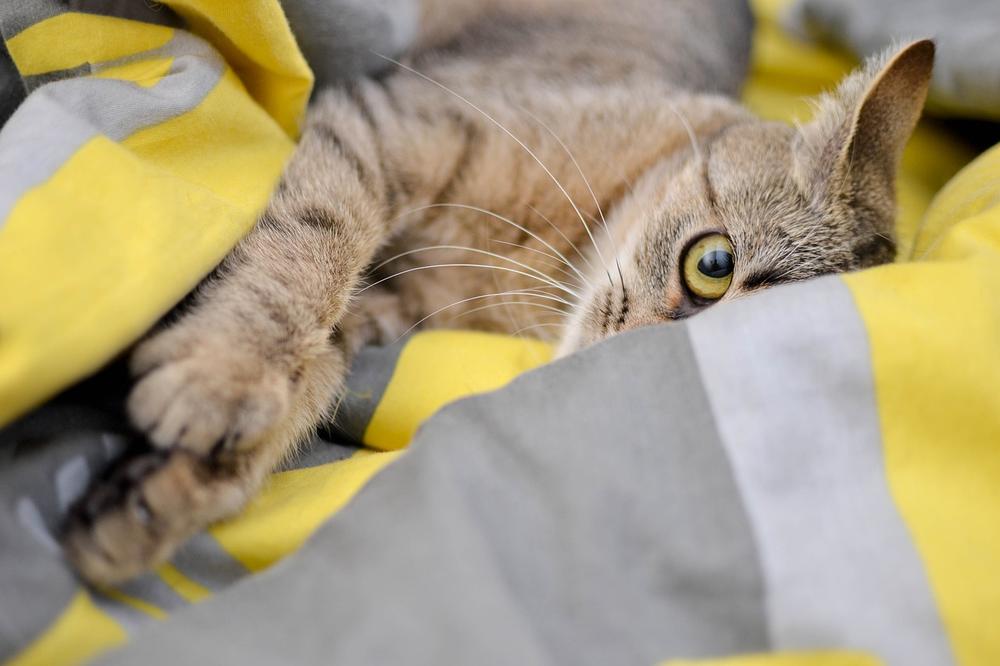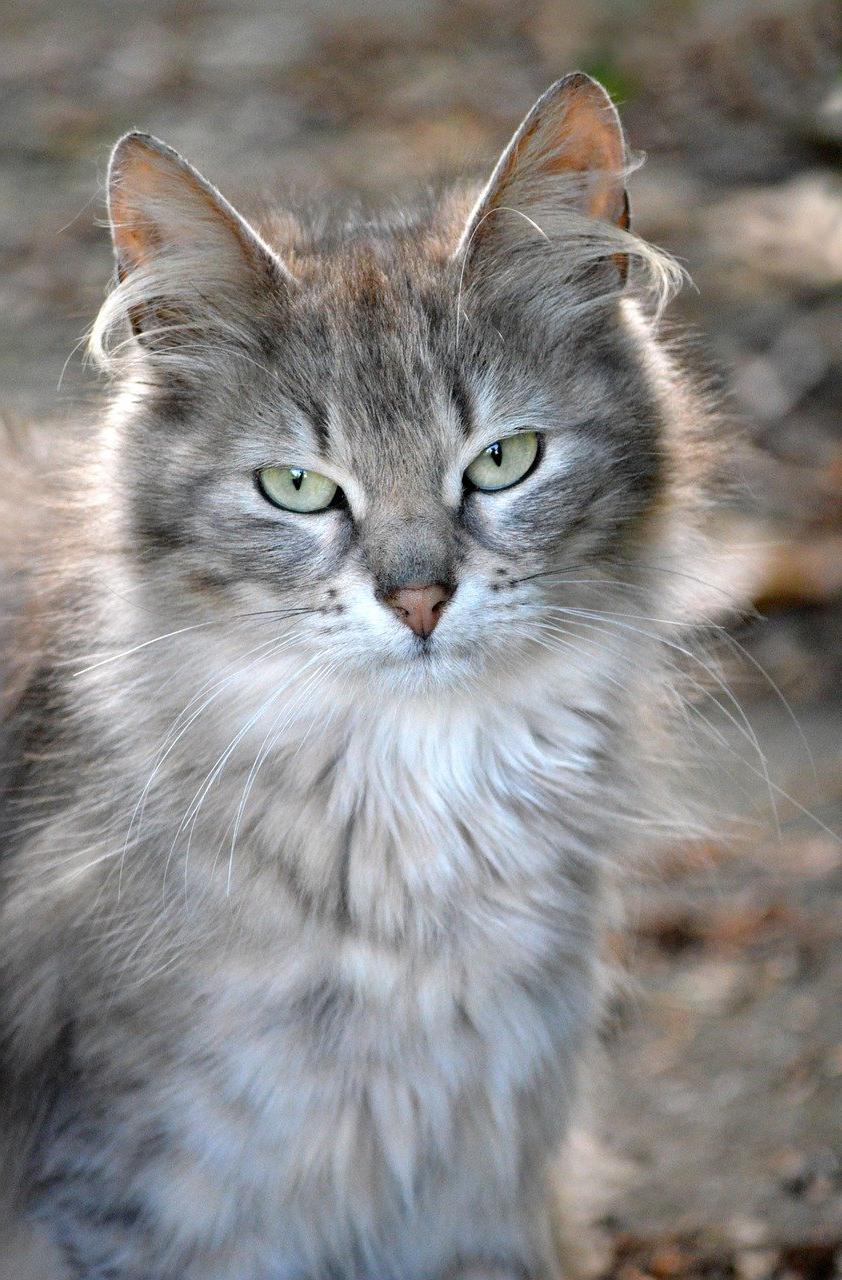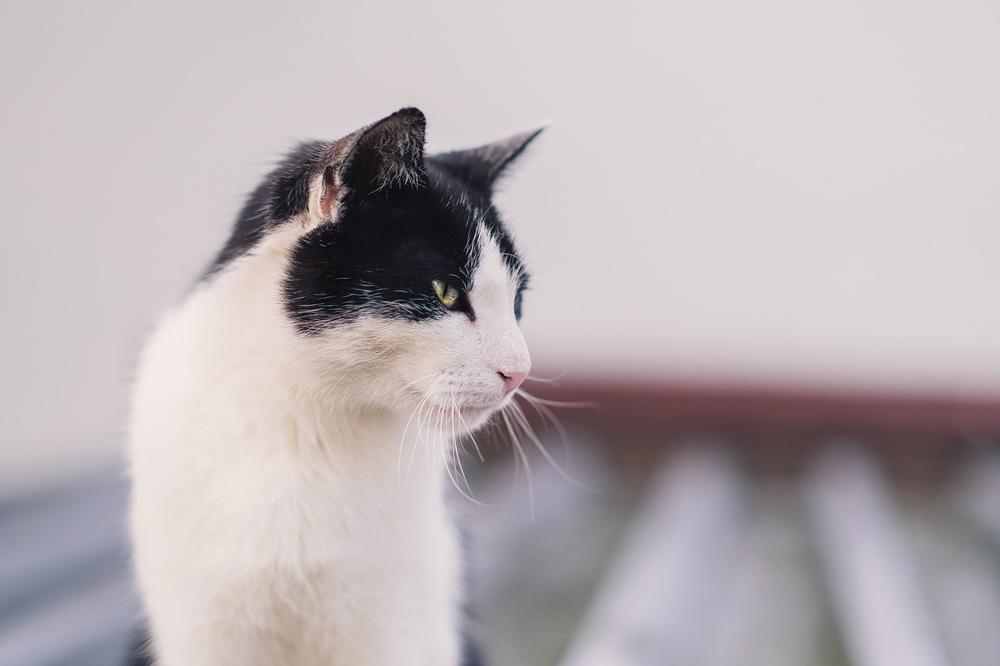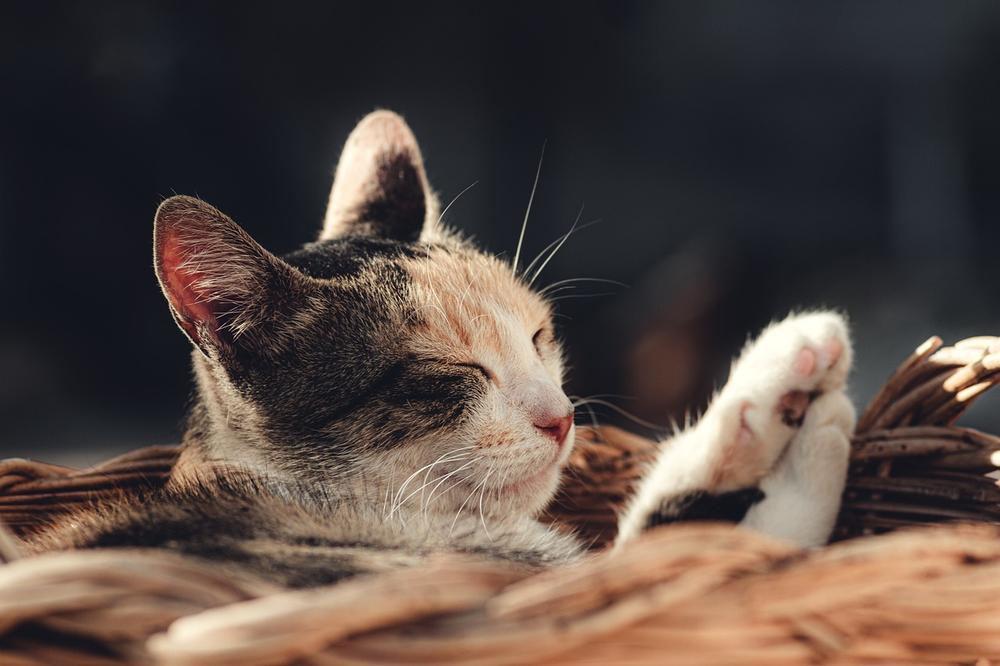How Often Should Cats Poop? (What Is Normal vs. Abnormal)

Just imagine:
You're huddled over your cat's litter box, anxiously waiting for them to do their business.
The worry starts to creep in - should they be going more often? 😟
Is their poop even normal?
Don't panic, my friend.
Let's find out together.
How Often Should Healthy Cats Poop?
The frequency of a healthy cat's bowel movements depends on their age, diet, and activity level. While most cats typically poop once or twice a day, it's normal for them to go less frequently or have multiple poops as long as there are no concerning signs.
How often do healthy cats poop?
It depends on their age and diet.
Healthy cats typically poop every 12 to 36 hours.
Kittens may poop more often than adult cats.
Normally, cats poop once or twice a day, but it's okay if they don't go daily or have multiple poops, as long as there are no concerning signs.
Active cats might need to go more often.
More energy means more movement means more poop!
Illness, stress, or changes in diet can affect poop frequency.

Just like humans, we get affected when our lives change.
Switching to wet or raw food can reduce the number of poop sessions because these foods are easier to digest.
Remember to keep your cat hydrated for healthy digestion.
Fresh water should be available at all times.
Cats need to stay hydrated just like you do!
If you notice drastic changes in poop frequency or consistency, or if your cat seems unwell, consult with your veterinarian. They're the experts in helping your furry friend feel their best.
Main points I'll expand upon further down this article:
- Learn what is normal for your cat's poop to detect changes indicating health issues.
- The ideal cat poop should be dark to medium-brown and log-shaped.
- Mushy or rock-solid poop can indicate a health problem.
- Watery stool is a sign of diarrhea.
- Contact your veterinarian if your cat hasn't pooped in 48-72 hours.
- Low-quality or fiber-rich diets can increase pooping frequency.
- Depression, anxiety, and routine changes can affect a cat's digestion.
- Decreased pooping frequency may indicate reduced food intake or constipation.
- Chronic or persistent diarrhea, blood in stool, and vomiting require vet attention.
- Changes in poop color, consistency, odor, or frequency may indicate health issues.
But how do you know if your cat's poop is normal?
Let me guide you through the characteristics of healthy cat feces and the red flags to look out for.
It’s essential to be aware, as changes in poop consistency can hint at underlying health issues – something neither you nor I want for our furry companions!
So, let's dive into the fascinating world of feline bowel movements and decode what your cat's poop is telling you...
What Does Normal Cat Poop Look Like?
Why it's crucial to understand what healthy cat poop looks like
As a responsible cat owner, it is important for you to pay attention to your furry friend's poop.
Cats are masters at hiding their discomfort and health issues, so observing their feces can provide valuable insight.
Key features of normal cat poop
Healthy cat poop should have a dark to medium-brown color. It should resemble a well-formed log, making it easy for you to clean up.
The ideal feces should neither be too hard nor too soft, striking a perfect balance that ensures good digestive health.
Abnormal poop and its implications
If you notice mushy or excessively firm poop, it could indicate underlying health problems.
Mushy stool might point towards gastrointestinal issues, whereas overly firm stool can suggest dehydration or constipation.

On the other hand, watery stool is a sign of diarrhea, which can arise from factors like dietary changes, stress, infections, or parasites. Be vigilant if you observe any signs of liquid poop in your feline companion!
Being aware of what is normal for your cat is vital in detecting deviations that may indicate a health concern. So, don't hesitate to keep an eye on their poop – it is ultimately for their well-being!
But how often should your cat be going #2?
Is it normal for them to skip a day or two?
Let's find out!
How Long Can a Cat Go Without Pooping?
Cats can go without pooping for a couple of days, but if it goes beyond 48 to 72 hours, you should reach out to your vet.

You have to take action if your feline friend hasn't emptied their bowels in that time frame. A lack of poop for more than two to three days warrants a visit to the veterinarian. Seeking professional guidance is crucial when dealing with any irregularities in your cat's bathroom habits.
So, don't hesitate to contact your vet if your furry companion hasn't relieved themselves within the recommended timeframe.
What Does an Increase in Pooping Frequency Mean?
So, you've noticed an increase in your cat's pooping frequency.
Well, let me break it down for you.
First things first, dietary changes can play a big role.
If you recently switched up your cat's food, that could be the culprit.
Sometimes cats have allergies or intolerances to certain ingredients, so keep an eye out for any other symptoms like vomiting or diarrhea.
Another possible cause is digestive parasite infestation.
Gross, I know. But it happens.
Regular deworming and preventative measures can help with that.

But here's the kicker...
Low-quality or fiber-rich food can also contribute to more frequent poop sessions. Check those labels, my friend.
Now, here's where things get interesting...
Your cat's poop habits can actually be influenced by their mental state.
Depression and anxiety can wreak havoc on their digestion, leading to more trips to the litter box. Changes in routine can also throw them off.
With that being said, if you're concerned about your cat's increased pooping, it's always best to consult with a veterinarian. They can pinpoint the cause and offer specific advice based on your feline friend's unique situation.
And now, let's talk about the flip side of the coin.
A decrease in pooping frequency may be concerning, as it could indicate that your cat is eating less than usual.
However, before jumping to conclusions, there are a few more factors to consider:
What Does a Decrease in Pooping Frequency Mean?
I can sense that nagging feeling deep inside you...
If your precious feline companion isn't leaving little presents in their litter box as frequently as before, it's time to listen up.
When the number of poops decreases, it could be an indication that your cat isn't chowing down enough, and that my friend, is cause for concern.
Especially if your cat is getting up there in years, their waning energy levels and decreased metabolism can affect their bowel movements.
But wait just a moment...
When your cat's poop goes MIA, it brings along its pesky sidekick:
Constipation.
Believe me when I say no one wants that.
It not only causes discomfort but also results in frantic scratching at the litter box.
Here's where things get interesting.
A subpar diet lacking sufficient fiber... all that jazz just adds fuel to the fire and leaves your furry buddy trapped in the realm of pooplessness!
So, if you notice a scarcity of poop in your kitty's domain, ensure you give top priority to increasing their food intake and opt for options that are higher in fiber.
Not only will they return to regular bathroom duty, but they'll also feel a whole lot better...
Trust me, this is a tale I've witnessed countless times before.
Now, you might be wondering about other poop problems that can affect your cat.
Diarrhea can be caused by various factors, including food allergies, inflammatory bowel disease, and intestinal parasites.
But that's just the tip of the iceberg...
Other Poop Problems
Here are 13 key things you need to know about cat poop problems:
- Diarrhea happens because of allergies, intolerances, IBD, or parasites.
- Watch out for changes in poop color, consistency, smell, or how often it happens.
- Chronic constipation can lead to a big problem called megacolon, where poops become infrequent, small, and hard. Ouch!
- Bowel issues and obstructions can make going to the bathroom painful for your furry friend.
- Some medications mess with bowel movements and cause tummy troubles.
- Weight loss, hiding, and being tired all the time could be signs of bigger health issues.
- If there's blood in the poop, diarrhea/constipation that lasts too long, vomiting, or if your cat is limping, take them to the vet pronto.
- Hyperthyroidism, kidney problems, and an unhealthy gut can mess with how often your cat goes number two.
- If the litter box smells extra bad, have a chat with the vet about it.
- Pregnant ladies, step away from the litter box! It's not safe because of something called Toxoplasmosis.
- If your cat poops outside the litter box, it might mean they're lonely, stressed, or just plain unhappy.
- Don't ignore constipation, it can get worse and turn into an emergency condition called obstipation. Yikes!
- Here are some tips for keeping your cat's bowel movements regular: give them their own litter box to prevent competition, keep their routine consistent, be careful when introducing new family members, ditch dry kibble with lots of carbs, and try adding fiber-rich food to their diet. 😉
Oh, and let's not forget about managing litter spreading.
Use mats under the litter box to keep things tidy. And stay away from dairy products, they can mess with your cat's tummy.
If your cat is constipated, you can try giving them stool softeners, laxatives, or changing their diet to include moisture-rich foods or specialized cat food with more fiber.
And if you're wondering about the color of your cat's poop, or whether it's a cause for concern, you'll definitely want to check out my article on white cat poop.
I've covered all the important details and provided helpful insights to put your mind at ease.
Just click here: White Cat Poop.
When to See a Vet
When it comes to your cat's health, some signs require immediate veterinary attention:
- Prolonged diarrhea or constipation: If your cat has been suffering from bowel issues for an extended period, it’s time to consult a veterinarian. They can determine the underlying cause and provide appropriate treatment.
- Blood in stool: The presence of blood in your cat’s poop is never a good sign. It could indicate an infection, inflammation, or more serious conditions. A vet can evaluate the situation and recommend necessary steps.
- Vomiting: Frequent vomiting can be a sign of various health problems, such as gastrointestinal infections or organ issues. A vet will be able to diagnose the root cause and suggest appropriate remedies.
- Lethargy: Extreme fatigue and lack of energy may signal an underlying illness in your cat. Consulting with a vet is crucial in order to identify and address the issue promptly.
- Lameness: If your cat is experiencing difficulty walking or showing signs of pain while moving, it's best to seek professional help. This could be indicative of joint problems, injuries, or diseases that require medical intervention.
- Significant changes in poop characteristics: Any significant changes in color, consistency, or odor should not be ignored. These alterations may indicate serious health concerns that require assistance from a vet.
This article provides useful information but does not replace the expertise of a veterinarian.
Seek professional advice if you notice any concerning symptoms or persistent problems. ⚠
And that wraps up today's article.
If you wish to read more of my useful articles, I recommend you check out some of these: Why Is My Cat Losing Whiskers on One Side, Is Rubber Plant Toxic to Cats, Cat Pulling Hair Out, Black Cat Turning Brown, and Weight Gain in Cats
Talk soon,
-Sarah Davis